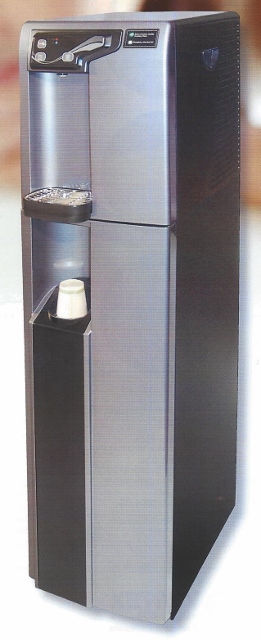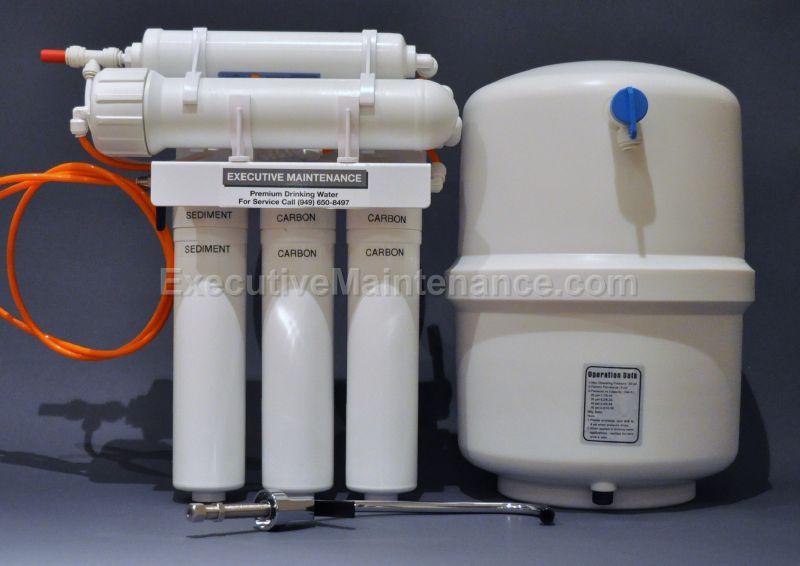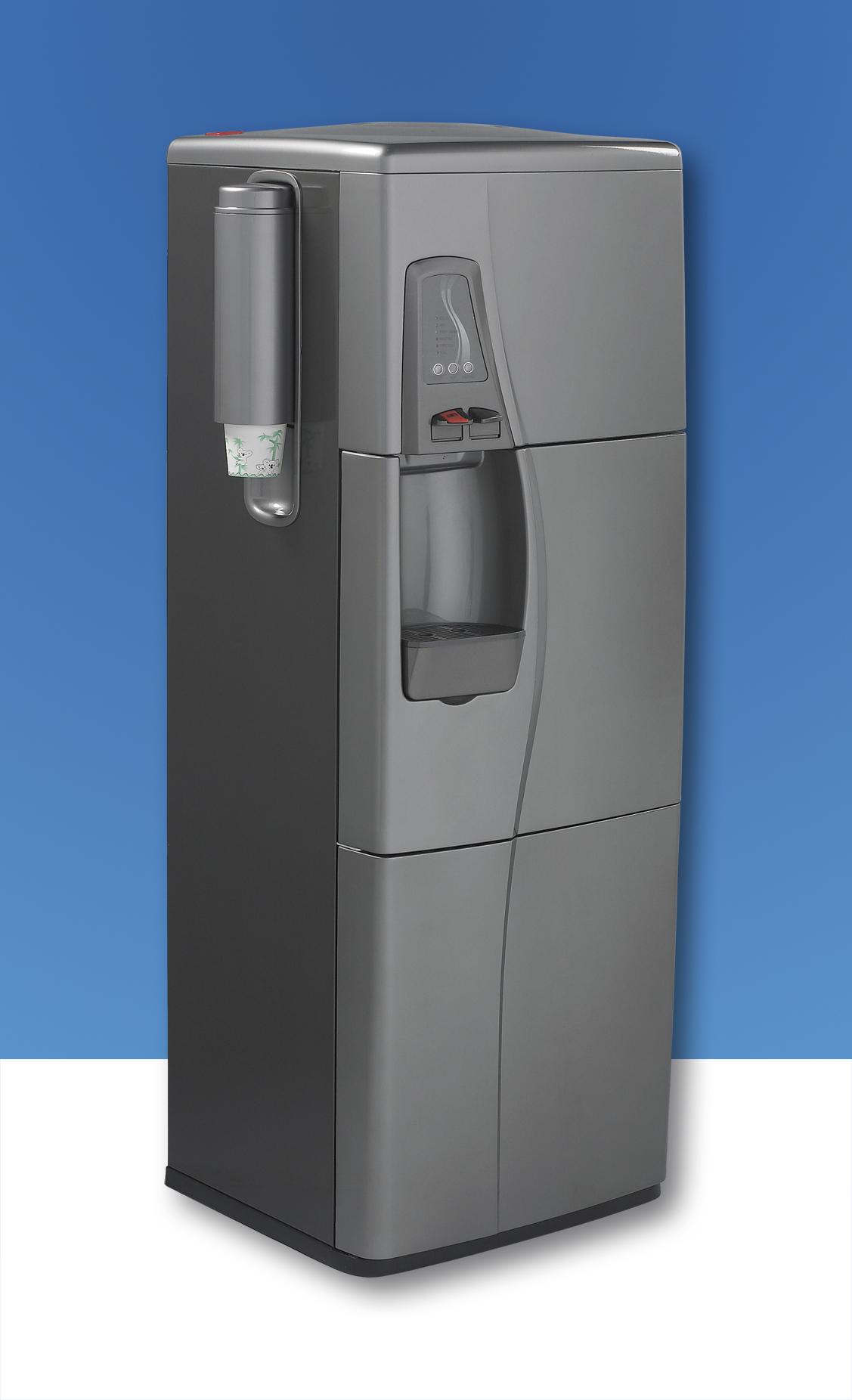
Pure Chill 9100 Drinking Water System
Executive Premium Drinking Water Systems
Offer an alternative to heavy bottled water systems.
- One Low Monthly Payment
- No More Heavy Bottles to Lift and Store
- Warrantied for entire Rental Period
- Systems Available for Purchase as well
- Available in Filtered or Reverse Osmosis
 Pure Chill 9100 Counter Top System
Pure Chill 9100 Counter Top System


Executive Maintenance Drinking water Systems…
No More Heavy Water Bottles to Lift or Store
No More Expensive Water Bills
Just One Affordable Monthly Payment gives you Unlimited, Great Tasting Drinking Water
Our five stage reverse Osmosis Water System offers the highest quality water possible. “It is more important to have an adequate intake of water than it is to have enough calories. Water for drinking should be free of unpleasant odors and flavors in order to make sure the individual will ingest enough to meet his/her requirements.”


How can water with high TDS or ”contaminants” be undesirable or harmful?
-
It may taste bitter, salty, or metallic and may have unpleasant odors
-
High TDS water is less thirst quenching.
-
High TDS interferes with the taste of foods and beverages, and makes them less desirable to consume.
-
Some of the individual mineral salts that make up TDS pose a variety of health hazards. The most problematic are Nitrates, Sodium, Sulfates, Barium, Cadmium, Copper, and Fluoride.
-
If a person drinks 2 pints of water a day, this will total 4500 gallons of water passing through his body over a 70 year span. If the water is not totally pure, this 4500 gallons will include 200-300 pounds of rock that the body cannot utilize. Most will be eliminated through excretory channels. But some of this will stay in the body, causing stiffness in the joints, hardening of the arteries, kidney stones, gall stones and blockages of arteries, microscopic capillaries and other passages in which liquids flow through our entire body.
Why is Executive Maintenance Reverse Osmosis drinking water healthier to drink?
-
We are all affected by toxic minerals and chemicals found in the air and in our food on a daily basis. Water is the only way the body has to flush out these toxins. The purer the water is to start with, the higher its capacity to collect and cleanse these compounds from the body.¹
Why is it especially important for children to consume pure water?
-
A child’s immune system and detoxification system are still developing throughout early childhood and teen years. Exposure to even very low levels of toxic chemicals or lead in drinking water at a young age can lead to increased risks of degenerative diseases and learning disorders in later years. Since many of the crucial defense systems that help protect adults from disease and environmental pollutants are not fully developed in children, they are much more sensitive to contaminants. A child consumes 3 times as much water per pound of body weight than an adult does, so they get a much bigger dose of the contaminants in our water. Their developing bodies are simply much more sensitive.²
-
Currently, the health standards that determine how much and what levels of contaminants we are permitted to consume in our drinking water are all based on the potential effects on adults.
How can water with high TDS be undesirable or harmful?
-
It may taste bitter, salty, or metallic and may have unpleasant odors
-
High TDS water is less thirst quenching.
-
High TDS interferes with the taste of foods and beverages, and makes them less desirable to consume.
-
Some of the individual mineral salts that make up TDS pose a variety of health hazards. The most problematic are Nitrates, Sodium, Sulfates, Barium, Cadmium, Copper, and Fluoride.
-
If a person drinks 2 pints of water a day, this will total 4500 gallons of water passing through his body over a 70 year span. If the water is not totally pure, this 4500 gallons will include 200-300 pounds of rock that the body cannot utilize. Most will be eliminated through excretory channels. But some of this will stay in the body, causing stiffness in the joints, hardening of the arteries, kidney stones, gall stones and blockages of arteries, microscopic capillaries and other passages in which liquids flow through our entire body.³
Don’t you need the minerals in your drinking water?
Inorganic Minerals
-
It is believed that mineral waters help furnish elements for body metabolism. However, there is scientific proof to suggest that most of these minerals are in an inorganic (dead) form. While they may enter the circulation, they cannot be used in the physiological process of building the human cell.
-
With this in mind, we can see that mineral water may give “dead” or “inorganic” minerals to the body which cannot be properly assimilated.
-
These inorganic minerals only interfere with the delicate and complex biology of the body. 4
-
The body’s need for minerals is largely met through foods, NOT DRINKING WATER.” -The American Medical Journal
-
Fact: The organic minerals in tap water represent only 1% of the total mineral content of the water.
-
One glass of orange juice contains more beneficial minerals than thirty gallons of untreated tap water.
Organic, or Bioavailable Minerals
-
Only after they have passed through the roots of plants do these inorganic minerals become organic (through photosynthesis) and capable of being assimilated into our tissues as ORGANIC Minerals.
-
Pure water removes the inorganic mineral deposits in your body. Organic minerals are fully absorbed and remain in your tissues.
-
According to many nutritionists minerals are much easier to assimilate when they come from foods. Can you imagine going out to your garden for a cup of dirt to eat rather than a nice carrot; or drinking a whole bathtub of water for LESS calcium than that in an 8 ounce glass of milk?
What is TDS? You might be shocked!
What Are Total Dissolved Solids?
- “Dissolved solids” refer to any minerals, salts, metals, cations or anions dissolved in water. This includes anything present in water other than the pure water (H20) molecule and suspended solids. (Suspended solids are any particles/substances that are neither dissolved nor settled in the water, such as wood pulp.)
- In general, the total dissolved solids concentration is the sum of the cations (positively charged) and anions (negatively charged) ions in the water.
- Parts per Million (ppm) is the weight-to-weight ratio of any ion to water.
- A TDS meter is based on the electrical conductivity (EC) of water. Pure H20 has virtually zero conductivity. Conductivity is usually about 100 times the total cations or anions expressed as equivalents. TDS is calculated by converting the EC by a factor of 0.5 to 1.0 times the EC, depending upon the levels. Typically, the higher the level of EC, the higher the conversion factor to determine the TDS. NOTE – While a TDS meter is based on conductivity, TDS and conductivity are not the same thing. For more information on this topic, please see our FAQ page.
Where Do Dissolved Solids Come From?
- Some dissolved solids come from organic sources such as leaves, silt, plankton, and industrial waste and sewage. Other sources come from runoff from urban areas, road salts used on street during the winter, and fertilizers and pesticides used on lawns and farms.
- Dissolved solids also come from inorganic materials such as rocks and air that may contain calcium bicarbonate, nitrogen, iron phosphorous, sulfur, and other minerals. Many of these materials form salts, which are compounds that contain both a metal and a nonmetal. Salts usually dissolve in water forming ions. Ions are particles that have a positive or negative charge.
- Water may also pick up metals such as lead or copper as they travel through pipes used to distribute water to consumers.
- Note that the efficacy of water purifications systems in removing total dissolved solids will be reduced over time, so it is highly recommended to monitor the quality of a filter or membrane and replace them when required.
Try our Great Tasting Drinking Water

